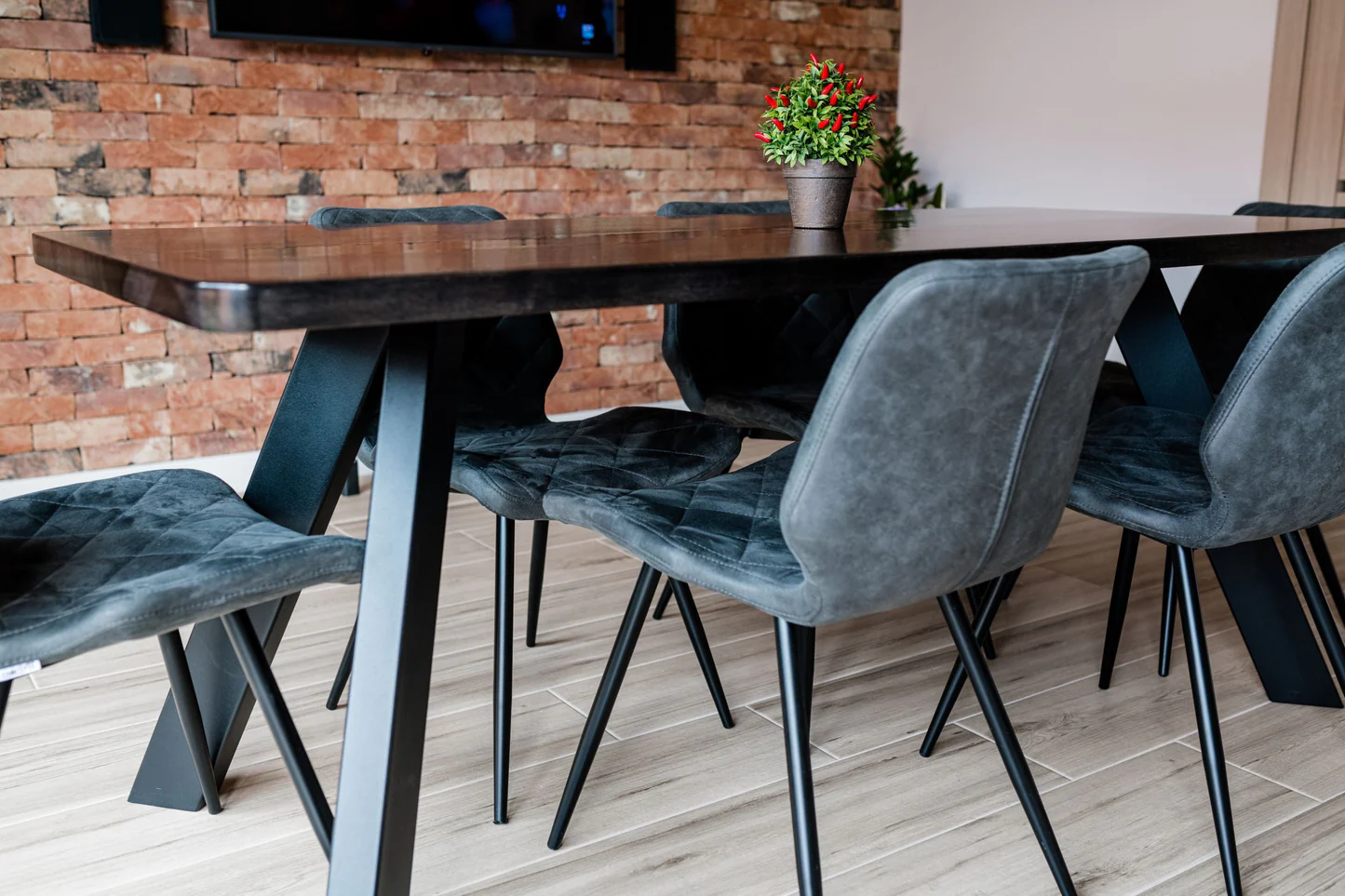
Tables are one of the most common pieces of furniture in the world. They keep things off the ground, provide a steady platform, and can even serve as a decorative centerpiece. However, a table is useless if the legs are too weak and collapse.
The legs of a table hold everything together and keep the unit from falling apart. They support the table top and anything placed upon it. In particular, metal table legs provide extra stability and strength.
Here are five tips for choosing metal legs for tables.

1. Pick an Aesthetic
Metal legs for tables don't all come in a single design option. There are many different types that you can decide on to match any room's aesthetic.
For example, exposed metal legs can give a table a more rustic look. A rustic look is all about simplicity and adhering to a country mentality. You can opt for different finishes, such as polished, brushed, or matte.
Alternatively, you might want your table to match a room with an industrial design. In that case, you'll want a more streamlined metal table base or legs.
You can mix and match any style of metal legs for a table with different finishes, paint jobs, and even materials. Aluminum legs are much lighter than cast iron ones, but they may not have the same durability. It also depends on how the legs are built.
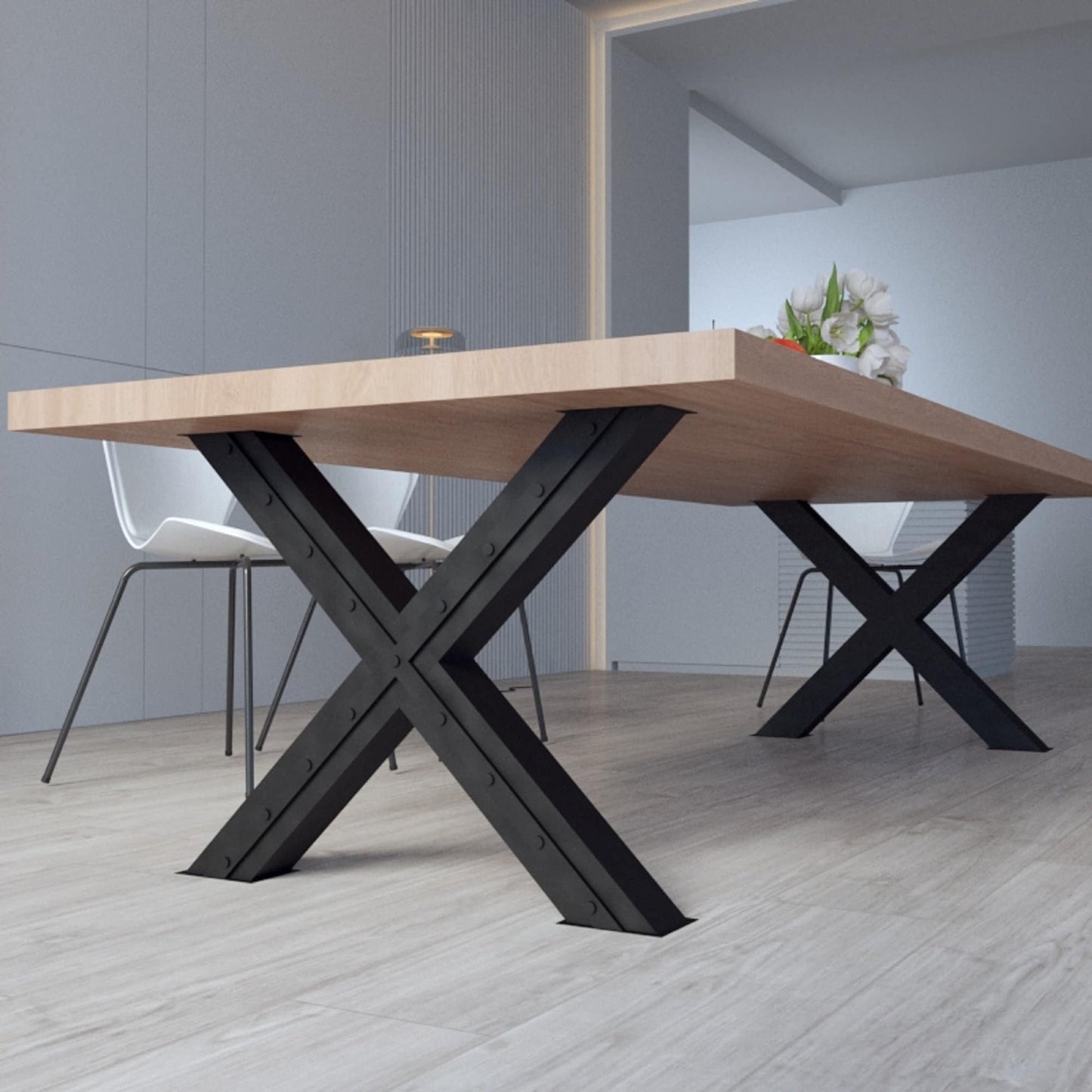
2. Decide on Your Table's Purpose
How you plan to use your new table should affect your choice of metal table legs. For example, metal coffee table legs are much shorter than those on a dining room table. They usually won't need to hold as much weight, and the closeness to the ground means they're more stable.
If your table is intended for construction or workshop purposes, then you'll need something that is both load-bearing and sturdy. The last thing you need is for your table to wobble when handling heavy equipment. In that case, you'll want heavy-duty legs made from high-gauge steel.
Work and computer desks are some other tables that will require strong metal legs. In addition, the design of these legs will be more simplistic than that of a coffee table.
That isn't to say that lighter-duty legs aren't worth using. Some common tables that won't require a lot of strength include side tables and nightstands.
At most, you'll only put a few pounds on them at a time. You can use thinner legs for a smaller profile.
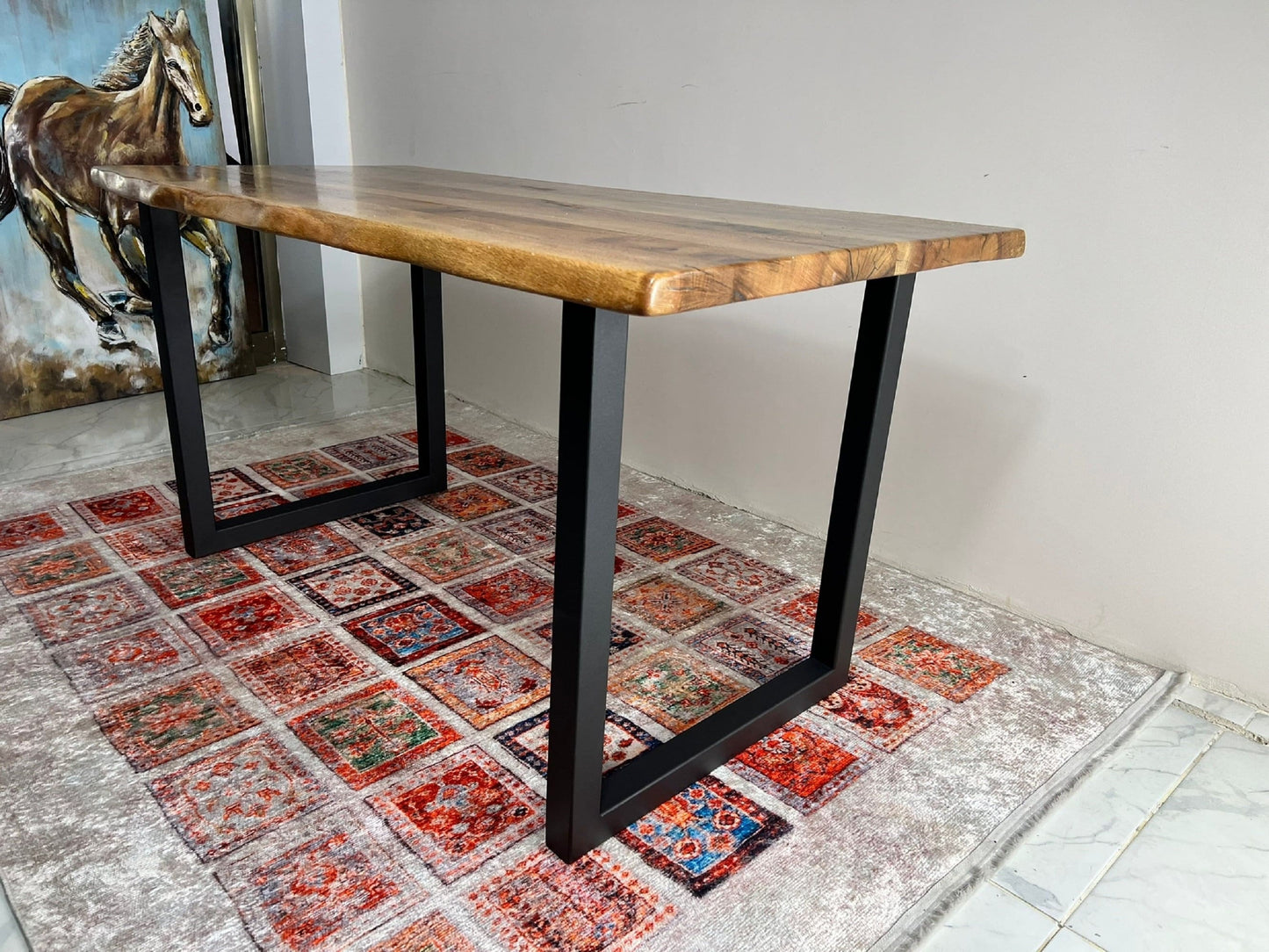
3. Consider Its Weight and Size
Another couple of factors that may cause you trouble down the line is your table's weight and size.
Your table's weight is going to put extra pressure on its legs, whether or not there's anything else on top of it. Normally, this isn't a major factor. However, it can cause problems if you opt for a heavy tabletop.
The bigger the table becomes, the more weight will be put on those legs. You may find that four legs aren't enough on their own.
Additionally, there's the issue of bowing. This is a common occurrence when the wrong leg setup is used and heavy objects are placed near the center of a cheap tabletop. Since there isn't any extra support under the middle of the table, heavy weights cause the top to sag down.
If your table is large and heavy, then consider using metal table legs that are up to the challenge. It may include a crossbar that helps keep it steady and supported. Adding more legs may also solve the issue.
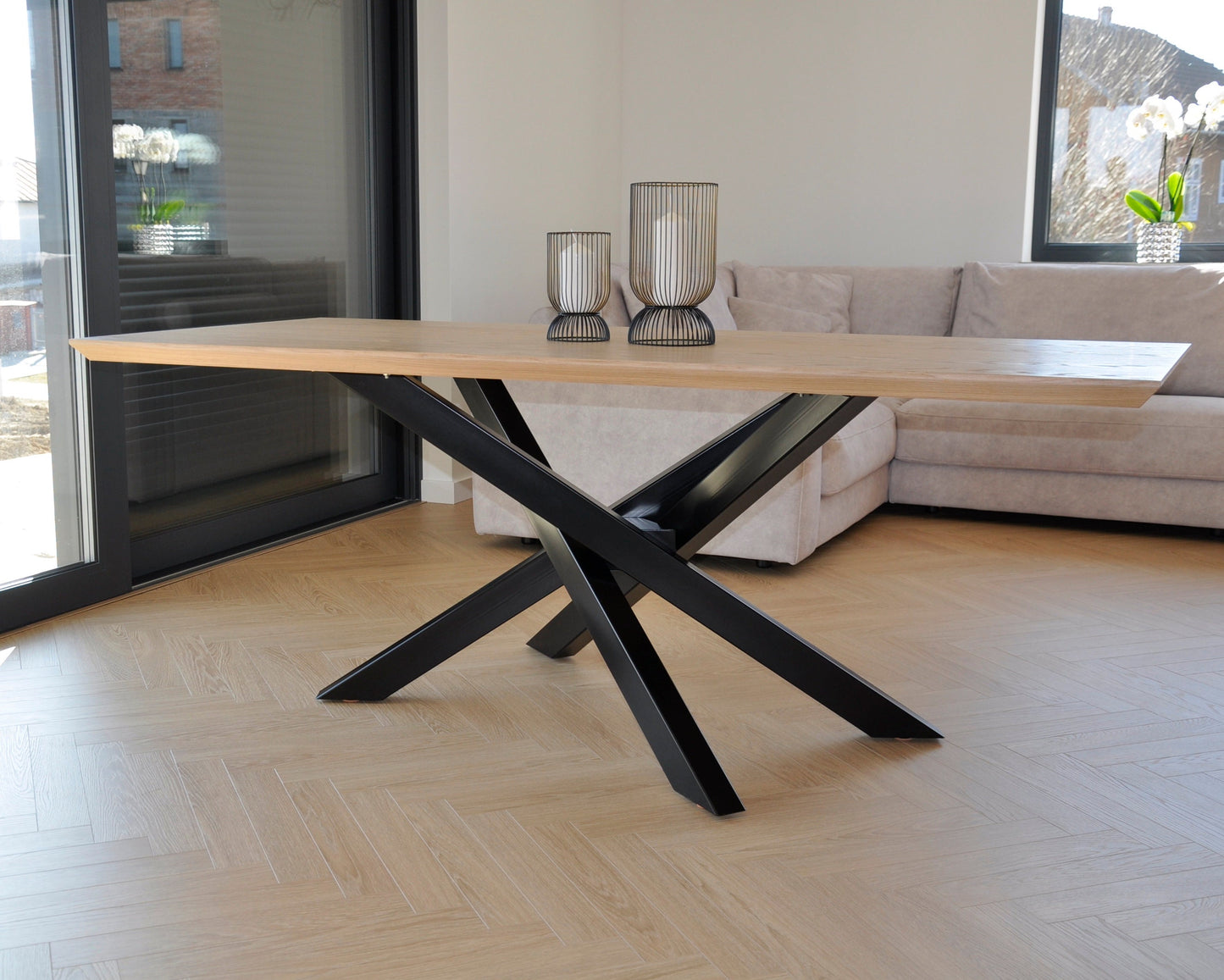
4. Match the Top's Material
In most cases, the type of material you choose for the tabletop will affect its legs for two reasons. First, certain materials are heavier than others and require sturdier legs. Second, the type of material you use may need some kind of special fastener to attach the legs.
In terms of weight, consider the wooden tabletop. It's a classic choice that allows for a lot of customization options. However, they vary wildly in weight.
Then there's fastening and supporting the tabletop. Wood is easy to work with because you can screw things directly into the material. The same cannot be said for glass or stone tabletops.
Glass is fragile despite its weight. You'll need a cross-support to hold up the entire sheet, so it doesn't shatter under pressure. Stone isn't as fragile, but it is heavy and requires ample support.
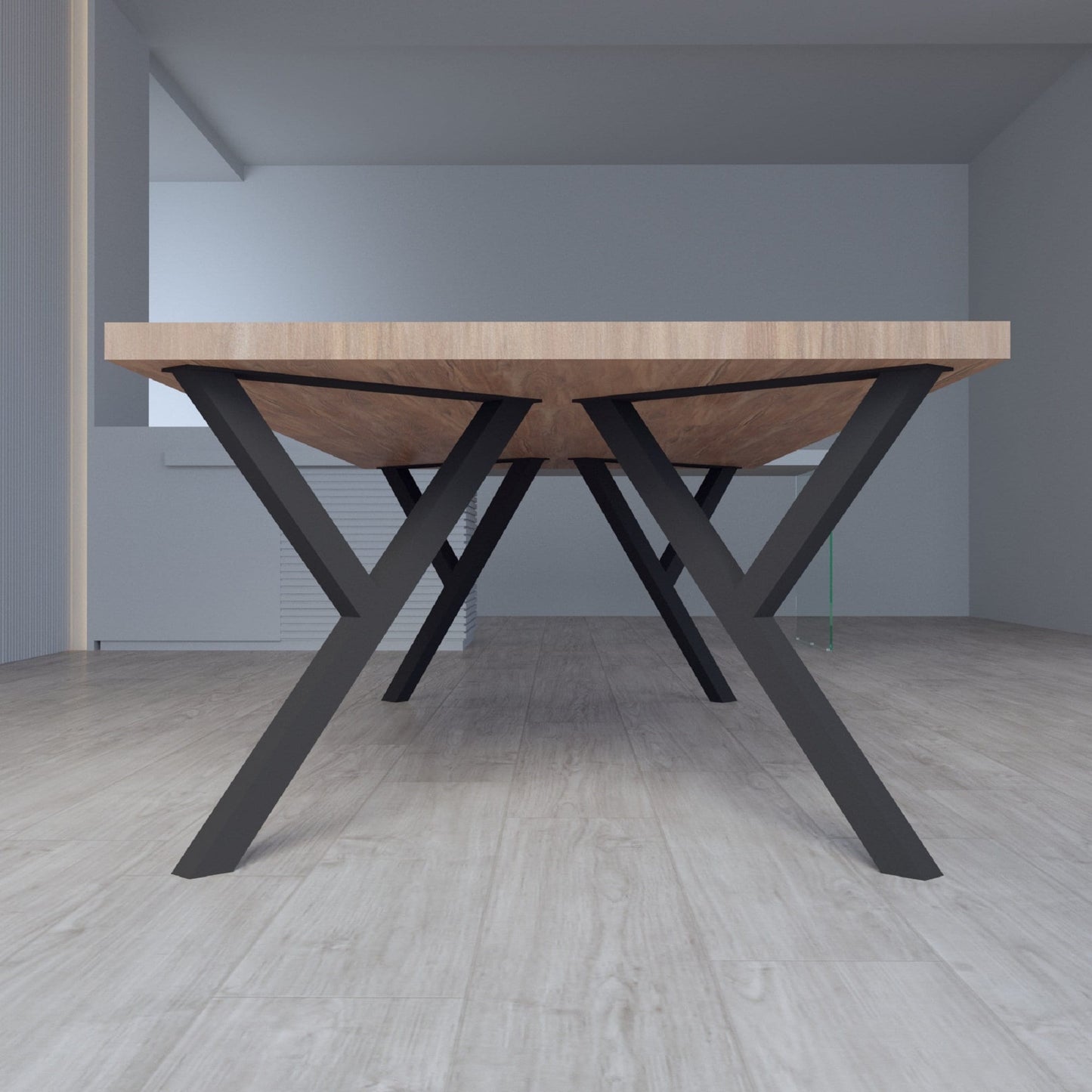
5. Take Into Account Shape and Type of Leg
Most people hear the word "table" and imagine a large square or rectangle with four tall legs situated at each corner. However, your metal table legs don't have to look anything like that.
There are metal table bases that come as a single, round leg sticking out of the center. Some tables have x-shaped legs that cross through one another. You can also find unorthodox shapes that most people wouldn't even classify as a "leg."
Every style has its own benefits and drawbacks. Some offer a unique appearance, while others focus more on stability and strength.
Straight table legs are the most common but may look bulky. U legs are more modern and contemporary. Tilted legs are another modern option, though they won't hold as much weight as other styles.
There is no right or wrong option here. It's all up to your personal choice and the aesthetic you're going for.
Purchase the Right Metal Table Legs
Choosing the best metal table legs for your build isn't as simple as going with the sturdiest option. You have to pick something that complements the rest of your decor. It needs to provide stability for the tabletop and add to the overall design.
If you're struggling to find the right kind of legs, Old West Iron may have the answer. We stock builder supplies, blacksmith supplies, and more. Take a look at our list of products online, and contact us if you have any questions.
